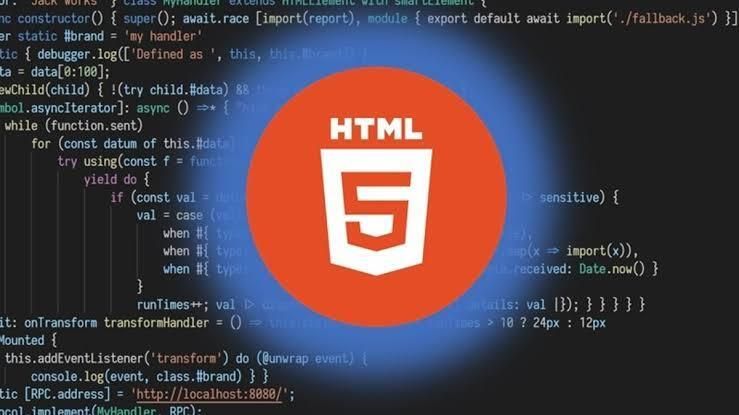If you’re learning web development, understanding the most essential HTML tags is the best place to start.
These tags form the foundation of every webpage you’ll ever build from simple blogs to full web apps.
In this article, we’ll go over the top 10 HTML tags every developer should know, what they do, and a quick example of each.
1. <html>
The root of every HTML document. It wraps everything on your webpage.
<html>
<head></head>
<body></body>
</html>
2. <head>
Contains meta information, links, and titles for the page.
<head>
<title>My Website</title>
<meta charset="UTF-8">
</head>
3. <title>
Sets the title that appears on the browser tab.
<title>Learn HTML in 7 Days</title>
4. <body>
Holds all the visible content of your webpage.
<body>
<h1>Welcome!</h1>
</body>
5. <h1> to <h6>
Used for headings —
is the largest, the smallest.
<h1>Main Heading</h1>
<h2>Subheading</h2>
<h1>Main Heading</h1>
<h2>Subheading</h2>
6. <p>
Defines a paragraph of text.
<p>This is a simple paragraph.</p>
7. <a>
Creates a hyperlink.
<a href="https://learnwithjossy.com">Visit LearnWithJossy</a>
8. <img>
Displays an image.
<img src="image.jpg" alt="My image">
9. <ul> and <ol>
Create unordered (bulleted) and ordered (numbered) lists.
<ul>
<li>HTML</li>
<li>CSS</li>
</ul>
<ol>
<li>Step 1</li>
<li>Step 2</li>
</ol>
10. <div>
A container used to group elements together.
<div class="container">
<p>This is inside a div.</p>
</div>
Final Thoughts
Mastering these 10 HTML tags gives you 80% of what you need to start building real web pages confidently.
Once you understand how they work together, everything else in web development (CSS, JavaScript, frameworks) becomes much easier to learn.
If you want to master HTML step by step, grab my ebook
👉 Learn HTML in 7 Days.
It breaks everything down simply with real examples and exercises.
Start small. Stay consistent. Build something awesome.




Top comments (0)